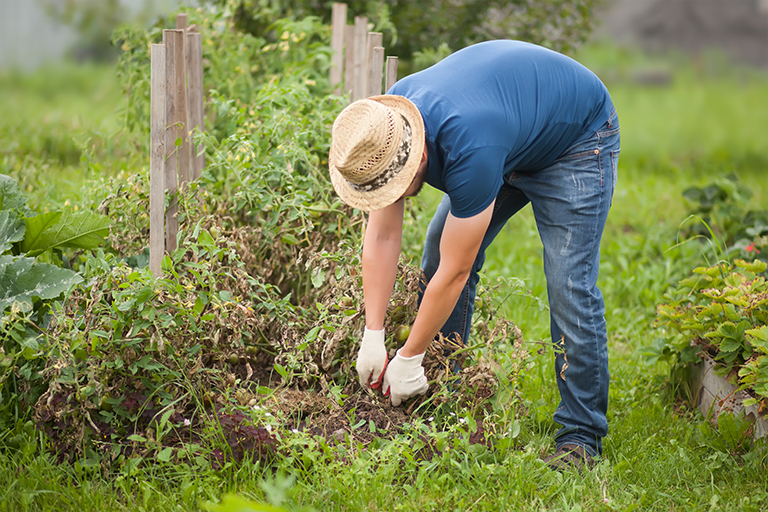By Vicki Spencer, Master Gardener
October is a special time of the year. Fall colors are incredible in the high country and tend to last much longer in other areas of the state as long as there aren’t early snowstorms. Personally, as much as I love gardening, I enjoy the cooler weather and reprieve from all the gardening chores. However, experienced gardeners know that the work really never ends, especially if you want to enjoy the fruits of your labor.
Once you finish harvesting vegetable crops, it’s time to prepare your garden for planting next spring. The first step is to clean it up. But before you do, consider taking photos of the garden so you can remember where everything was planted. This will be a great help next spring as you want to repeat successful plantings and consider moving some vegetables to another area where they might do better. Also, don’t forget to collect heirloom seeds, especially tomatoes, before you start digging up plants and throwing debris out. You can save these seeds in a cool, dark place to start seedlings early in the spring.
After harvesting beans and peas, clip the plants to ground level, but leave roots in the soil. As the roots decay over the winter, they will release nitrogen into the soil. This is not the case with all other plants, especially if you want a tidy garden.
While you may be tempted to leave squash and pumpkins on the vine a bit longer, they should be harvested before the first frost. It may be contrary to intuition, but you can still plant autumn onion and garlic bulbs in Colorado. With good care and help from Mother Nature, you should enjoy onions in late fall. Be sure to mulch the garlic to get a head start on next year’s crop.
If you are not in our mountainous regions where the ground freezes quickly, you can also mulch parsnips and carrots and leave them in the ground a little longer. This way, you won’t have to remove and store them all at the same time. Although perennial chives can survive winter in most of the warmer areas in the state, you may want to dig up some plants to pot and keep in the kitchen, so you can have fresh chives all winter and transplant them outside in the spring.
Once you clean up the remaining debris from the garden, apply a new layer of mulch over the entire garden. If you want to save money, make your own mulch out of the leaves you rake up. You also might consider building a cold frame to protect these vegetables from extreme winter weather. Cold frames also give you an advantage come spring. There are a number of cold frames and mulching devices available on the internet if you don’t want to “do it yourself.”
You should also prepare your other garden areas for the spring. In most of Colorado, you can still plant bulbs as long as the soil has not yet begun to freeze. Gladiola corms and dahlia, canna and begonia tubers can be lifted to store in a dry place over the winter, but all dead foliage should be removed first; it will prevent mold and take up much less storage space.
Protect outdoor potted plants by storing inside. However, if you have as many as I do and not enough storage space, raise them off the ground with bricks or pot feet. This prevents waterlogging and the freeze and thaw cycles that often crack pottery.
After finishing the garden cleanup, your yard will look awfully bare, so invest in some birdbaths and feeders. There are many beautiful ones available at the garden store or on the internet. Not only will they brighten your gardens on cold, dreary days, but you will also help birds survive the winter.

